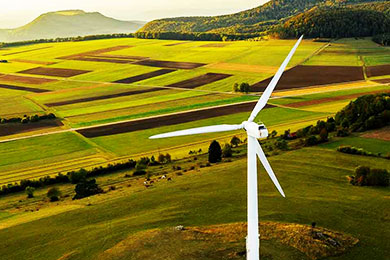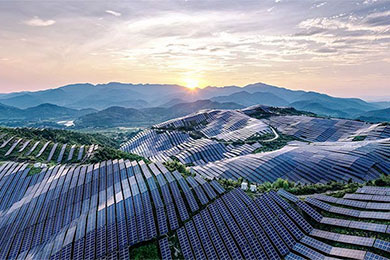Stories
Discover our latest news, insights, stories and profiles.
Featured Stories

Report
The remittance trust trap: Revealing hidden vulnerabilities
Chubb’s 2025 report on the state of global remittances explores the risks faced by senders and receivers – and identifies solutions for making this vast and important financial ecosystem safer.

Podcast
What It Takes To Be The Best: The Story of Evan Greenberg
Explore leadership insights directly from Chubb’s CEO Evan Greenberg in the latest episode of It’s More Than Grit – ‘What It Takes To Be The Best: The Story of Evan Greenberg' – produced by the Center for Strategic and International Studies.

Report
Crossing the e-commerce trust divide
Our report delves into the world of e-commerce and reveals how integrating insurance options can be a game-changer for building trust.

Report
Emerging risks that can impede sustainable company growth
Chubb's Risk Decisions 360° report examines the top emerging risks that can impede sustainable company growth, including cybersecurity threats, technology transformation, and financial risks.











